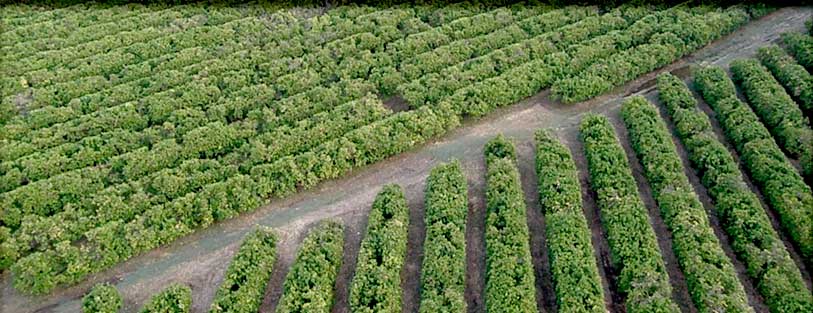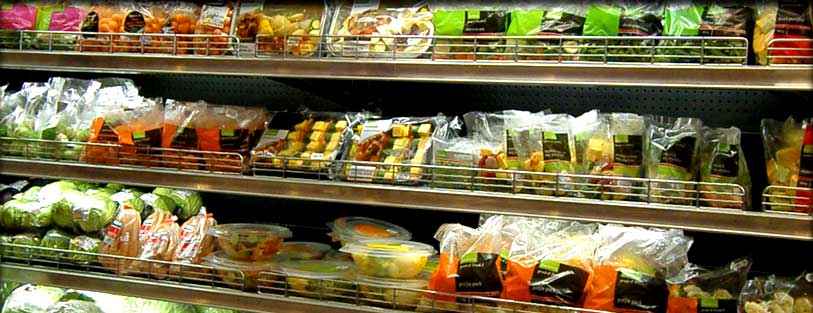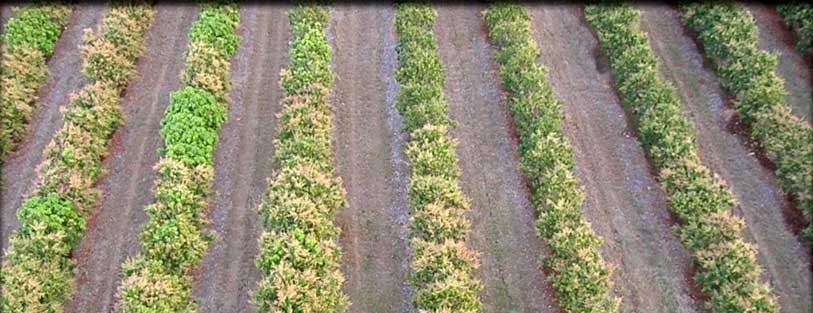The production of high risk foods has unique requirements. These will also vary as to what type of high risk product is produced in the factory. High risk foods have no further cooking or microbial numbers reduction step prior to consumption. This includes cold foods such as sandwiches, salads, pâtés, cold sliced meats, dairy desserts and hot foods such as pies, ready to eat meals and rotisserie chickens.
Organisations such as the British Retail Consortium (BRC) and Chilled Foods Association of UK (CFA) have developed a number of guidelines as to how to determine the risk nature of the food produced and how to control production in the best possible way. Employees involved in the production of high risk foods have a greater responsibility than an employee in for example a dry blend factory. Hence training for such staff to understand the foods they work with and how to prevent microbial issues is vitally important.
Learning Outcomes
![]()
Employees of companies manufacturing high risk foods first need to comprehend how the microbial contamination occurs and what is cross contamination. Then the controls as outlined by CFA are studied. Those of the BRC are also included as well as their Production Zone Decision Tree. This enables delegates to know what the differences are between low risk production, high care areas of a factory versus true high risk areas. These decisions are all based on the hazard of the presence, growth and /or survival of specific microbial pathogens.
High risk production areas have specific needs in terms of design and implementation of Good Manufacturing Practices (GMP’s). These stricter requirements are taught before studying heat treatments and other controls available to the food technologist to avoid product recalls. International case studies are used to show how recalls happen in reality and the questions to ask in investigating such cases.
This is an intensive course requiring delegates to have GMP and prior food safety knowledge. It will benefit laboratory or quality staff, production supervisors or controllers as well as risk managers and internal auditors in these types of facilities.



